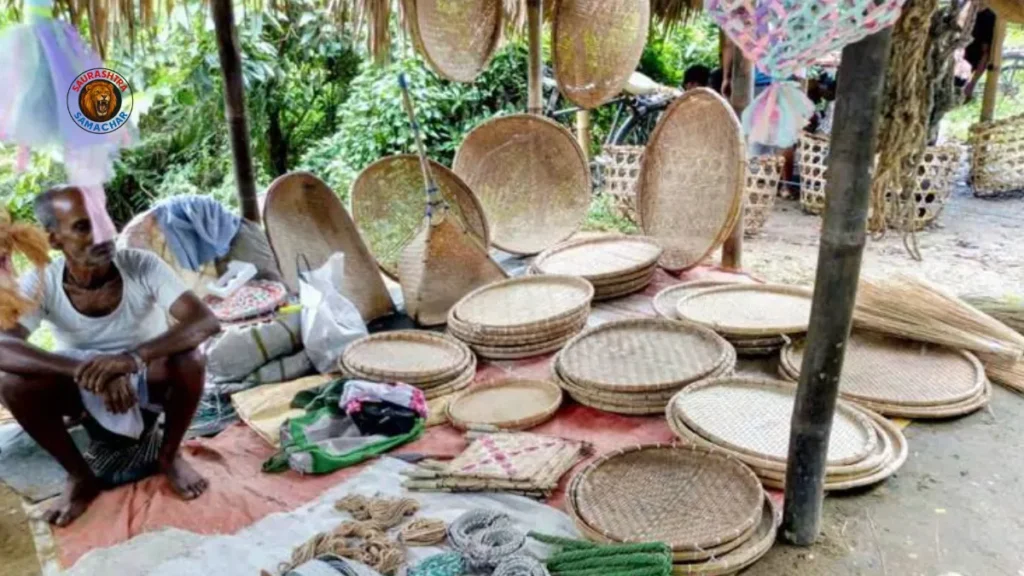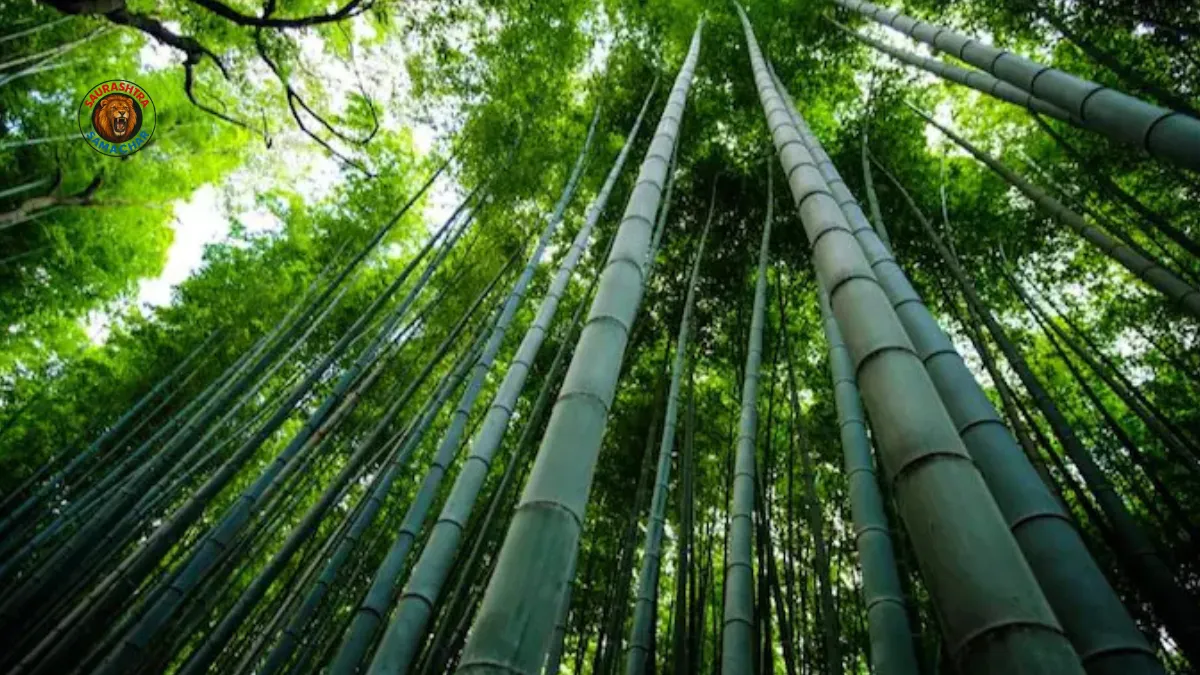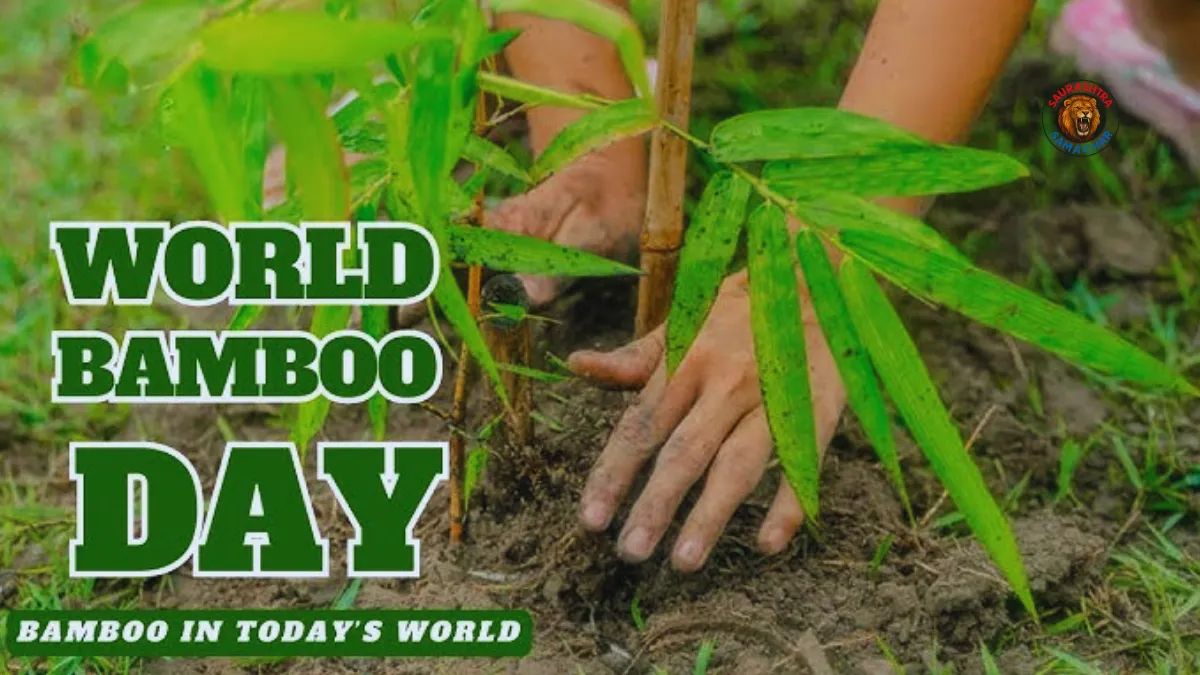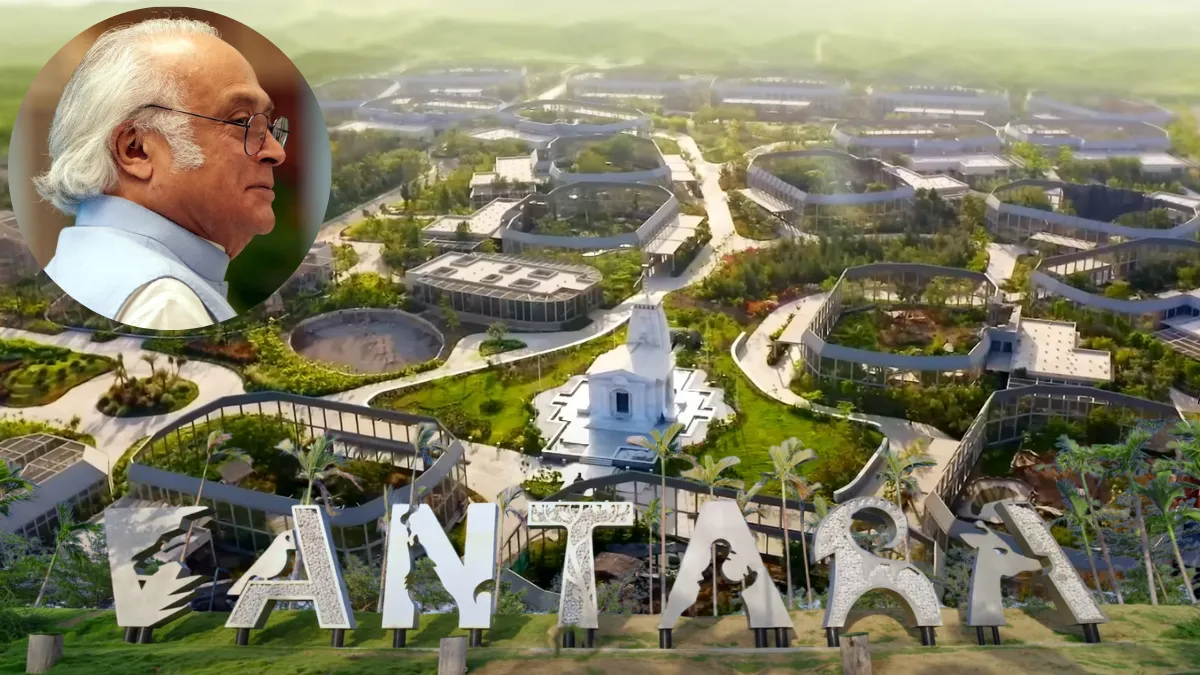World Bamboo Day is observed every year on September 18 to raise awareness about the importance of bamboo in sustainable development, culture, and the environment. Known as the “green gold,” bamboo is not only a renewable resource but also a symbol of resilience and eco-friendliness. With its countless uses ranging from construction to handicrafts, World Bamboo Day reminds us of bamboo’s potential to create a greener, more sustainable future.
The Origin and Purpose of World Bamboo Day

World Bamboo Day was officially declared on September 18, 2009, during the 8th World Bamboo Congress held in Bangkok, Thailand. The initiative was led by the World Bamboo Organization (WBO) to promote global awareness of bamboo’s benefits. The primary goal is to highlight bamboo’s role in environmental protection, economic growth, and cultural heritage.
By celebrating this day, communities across the world are encouraged to use bamboo in innovative and eco-friendly ways. It also empowers local artisans and farmers who depend on bamboo-based livelihoods.
Why Bamboo is Called the “Green Gold”

Bamboo grows incredibly fast, making it one of the most renewable natural resources. Some species can grow up to 1 meter in a single day, which is much faster than most plants. Unlike hardwood trees, which take decades to mature, bamboo can be harvested sustainably every 3–5 years.
This makes bamboo a crucial resource for:
- Construction: Strong and flexible, bamboo is often called “natural steel.”
- Textiles and Paper: Bamboo fibers are used to make soft fabrics and eco-friendly paper.
- Food: Bamboo shoots are a healthy delicacy rich in fiber and nutrients.
- Environment: Bamboo absorbs carbon dioxide and releases 35% more oxygen than an equivalent mass of trees.
Key Facts About World Bamboo Day
| Aspect | Details |
|---|---|
| Date | September 18 (every year) |
| First Declared | 2009, during the 8th World Bamboo Congress, Bangkok |
| Organized By | World Bamboo Organization (WBO) |
| Symbolism | Sustainable development, cultural heritage, eco-friendly living |
| Environmental Benefit | Absorbs carbon dioxide, produces more oxygen, prevents soil erosion |
| Economic Importance | Used in construction, handicrafts, textiles, paper, and food industry |
| Nickname of Bamboo | Green Gold |
How World Bamboo Day is Celebrated
On World Bamboo Day, various countries organize awareness campaigns, exhibitions, and workshops to promote bamboo’s benefits. Events often include:
- Tree planting drives to encourage bamboo cultivation.
- Workshops for artisans to showcase bamboo crafts and furniture.
- Cultural programs highlighting the use of bamboo in music, dance, and traditions.
- Educational seminars on bamboo’s role in sustainable industries.
For example, in India, bamboo plays a vital role in the livelihood of many rural communities, and initiatives on this day often support bamboo farmers and entrepreneurs.
Bamboo and Sustainability: The Future Ahead
In the face of climate change and deforestation, bamboo stands out as a symbol of hope. Its rapid growth and versatility make it a powerful tool for reducing pressure on traditional timber. Moreover, bamboo farming supports rural employment, empowering communities to thrive while protecting the environment.
From eco-friendly housing to biodegradable products, bamboo is shaping the future of green living. On World Bamboo Day, we are reminded to rethink our choices and adopt bamboo-based solutions in our everyday lives.
Also read: World Patient Safety Day 2025: Importance, Theme, and Global Significance
Conclusion
World Bamboo Day is more than just a celebration; it’s a call to action. It reminds us that bamboo is not just a plant but a lifeline for the planet. By embracing bamboo in construction, fashion, and daily products, we can contribute to a sustainable, greener world. As the “green gold” of nature, bamboo is a gift worth preserving for future generations.














